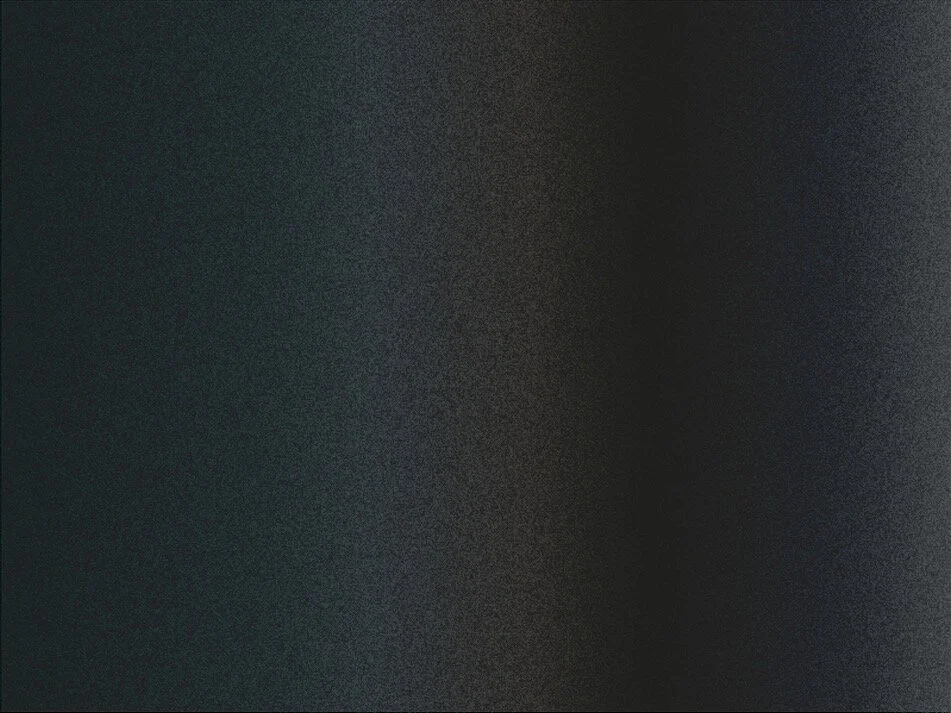Anáhuac
ascua
SCORE: 7.7 Russolos out of 10
Juan García, Chris Cogburn and Ignaz Schick keep expanding their aural explorations through non-idiomatic improvisation.
Sound art is a beautiful paradox. Its main goal is to work with sound and place it outside a musical context, but at the same time, its almost impossible to separate the two. Many explorers of the aural phenomenon began as traditional musicians who at some point felt the need to dwell beyond melodic structures, rhythmic patterns and other traditional components, to offer an experience that transcended the restrictions of musical language.
Such is Anáhuac’s case. This trio, composed of Juan García (double bass), Ignaz Schick (turntable, sampler, electronics) and Chris Cogburn (electronic, percussion), has been using non-idiomatic improvisation since 2016 to propose a new way in which the audience can approach the concept of sound as an art form.
Out of their three releases with Astral Spirits -two of which premiered this February 14- ascua is the one with the most recent material: these sessions were recorded in 2018 -unlike what can be heard in Anáhuac, which was recorded in 2016- and one can really appreciate how the chemistry between these three musicians has solidified thanks to all that time they have spent together both in a live setting and in the studio. Ascua presents more concise pieces without sacrificing the language that the trio has been developing since its inception four years ago.
That this album bears the word “ascua” (ember) as its title is quite appropriate, since both of its tracks seem to grow as more elements are thrown into them, just as if it were a sonic wood fire; there’s a hissing, static effect that persists throughout the album -like that of a dusty vinyl record- that effectively emulates the sound of something being slowly consumed by a small fire (as we can appreciate on “scoria”) or it might as well represent a liquid reaching its boiling point, as illustrated on “sudar” climax. This time, however, Anáhuac has found a way to use less elements, and the results are far more great, as every nuance and texture is more noticeable; this helps create a deeper sense of immersion.
Each member’s contributions are minimal, but vital. This is not a demonstration of virtuosity or manual dexterity, nor it is a relentless attack on the senses: the purpose is not to trace complex melodic or harmonic contours, nor the careful and methodical confection of typical rhythmic patterns, but a fusion in favor of texture and the exploration of the timbral possibilities each element involved has to offer, while maintaining a sense of balance and direction.
We can perceive recognizable sounds, such as Garcia's double bass, but instead of fighting and trying to break through the chaotic collage created by Cogburn and Schick’s electronic manipulations, Juan chooses to join the maelstrom through extended techniques for the instrument. We can hear brief bass lines played with a bow, but the strings seem to be infected by something that prevents them from sounding as expected; this also applies to the way Cogburn’s drumrolls fill in the gaps during the first minutes of “scoria”, which feel more atmospheric than percussive.
In both Anáhuac (2020) and Y_y (2016) the sound pieces had a very prevalent soundtrack feel; due to the heavy use of samples, it almost have the impression of being the live score to a film. What the trio presents on this album has a more distinctive feel. Although their nature is still completely abstract, both tracks have a cadence that could be considered subliminal. They do not carry a rhythm per se -or at least not one that is repeated and acts as the indicator of some structural change- but it is easy to follow through with them, because the way they evolve is purely linear. The variety that was present in their previous albums or live sessions will be surely missed, since its structures had a few more twists and turns, but Anáhuac’s newfound solidity and restrain is worth celebrating.





